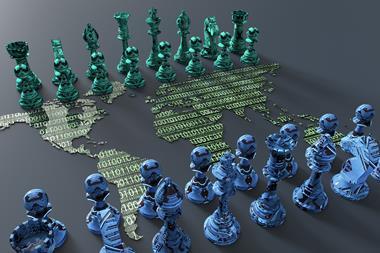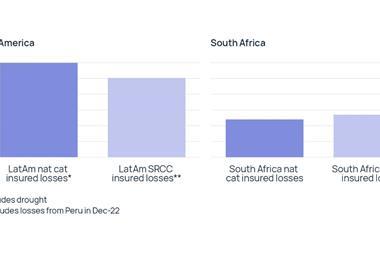Follow this checklist to build resiliency and ensure continuity in your business’ supply chain

- Outsourcing globally has introduced new risks as middle-market companies relinquish direct control to suppliers in regions that present unfamiliar threats
- Ensure that your business would be able to continue functioning successfully if one of your key suppliers was put out of action
- Natural catastrophes have hit the headlines in 2011 but they are not the only threat that your suppliers may face
- It can be difficult to monitor the effectiveness of overseas suppliers’ risk management and their financial standing as they will be tempted to tell you what they think you want to hear
- Holding minimal stocks and relying on just in time deliveries may reduce your operational costs but will make you more vulnerable to breaks in your supply chain
- Understanding the components and any interdependencies of your supply chain is crucial
- At the very least, check out your first tier suppliers, for example looking at the political environment in which they operate, the likelihood of natural catastrophes in the region and their financial stability
- Establish whether you will get priority if a supplier has a problem that restricts production and consider alternative sources
- If you are sourcing specialist products or components, you need to check that further up the supply chain there isn’t just one small business supplying most of the companies that you and your competitors are relying upon for deliveries – do your suppliers have sourcing choices?
- Consider splitting your production arrangements between two suppliers to minimise your exposure if one has problems
- Remember that your supply chain risks don’t just revolve around business continuity. Suppliers who don’t observe your corporate ethics or quality assurance standards can damage your reputation



















No comments yet